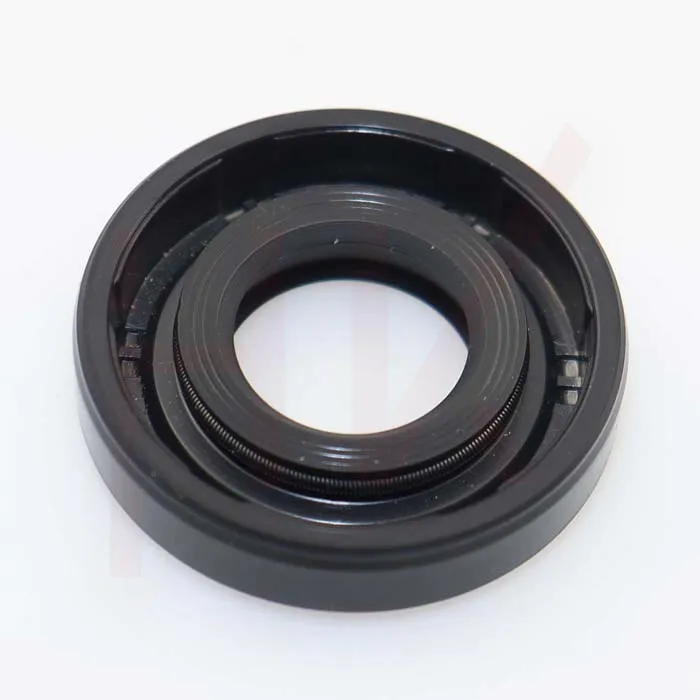ਦਸੰ. . 30, 2024 12:14 Back to list
Hydraulic Cylinder Seal Maintenance and Repair Techniques for Optimal Performance and Longevity
Hydraulic Cylinder Seal Repair A Comprehensive Guide
Hydraulic cylinders are vital components across various industries, including construction, manufacturing, and automotive, serving crucial functions in lifting, pushing, and pulling heavy loads. However, like any mechanical device, they are subject to wear and tear, particularly at the seals. When seal failure occurs, it can lead to leaks, reduced efficiency, and potential system failure. Therefore, understanding the process of hydraulic cylinder seal repair is essential for maintaining optimal performance and prolonging the life of the equipment.
Understanding Hydraulic Cylinder Seals
Hydraulic cylinder seals are designed to prevent hydraulic fluid from leaking out of the cylinder and contaminants from entering. There are various types of seals, including piston seals, rod seals, and wiper seals, each serving a specific purpose. Over time, seals can degrade due to factors such as temperature fluctuations, high pressure, and exposure to harsh chemicals, which can result in cracking, tearing, or hardening.
Signs that Your Hydraulic Cylinder Needs Seal Repair
Identifying the signs of seal failure is crucial for early intervention. Some common indicators include
1. Visible Leaks This is often the most obvious sign. If you notice hydraulic fluid pooling around the base of the cylinder or along the rod, it’s a clear indication that a seal has failed. 2. Decreased Performance If the machinery is slow to respond or doesn’t lift or move as it should, seal issues may be at fault. 3. Uneven Movement If the cylinder exhibits jerky or uneven movement, it could mean that internal seals are defective and not providing proper hydraulic pressure.
4. Increased Noise Unusual noises during operation, such as grinding or hissing sounds, can suggest that seals are worn out.
Step-by-Step Seal Repair Process
hydraulic cylinder seal repair

1. Preparation Before beginning the repair, it is essential to have the right tools and materials. This typically includes a set of wrenches, seal kits, cleaning supplies, and safety gear. Always ensure that the hydraulic system is depressurized before disassembly to prevent accidents.
2. Disassembly Start by carefully disconnecting the hydraulic cylinder from the machinery. Remove any hoses and attachments. Then, using appropriate tools, unbolt and separate the cylinder body from the rod.
3. Inspection Once disassembled, inspect all components for wear and damage. Pay close attention to the seals and the cylinder's inner surfaces, as scoring or pitting can indicate further issues that may require additional repairs or replacement.
4. Cleaning Thoroughly clean all parts to remove old seal material, dirt, and hydraulic fluid. A clean surface is crucial for the proper installation of new seals.
5. Seal Replacement Remove the old seals and carefully install the new ones. It is important to ensure that the seals are appropriately lubricated to prevent damage during assembly. Follow the manufacturer’s specifications to guarantee the right fit and type of seal.
6. Reassembly Once the seals are in place, reassemble the hydraulic cylinder, ensuring that everything is tightened to the specified torque. Double-check alignment to avoid unnecessary stress on the seals and components.
7. Testing After reassembly, reconnect the cylinder to the hydraulic system and gradually restore pressure. Monitor for any leaks or unusual behavior as the system comes back online.
Conclusion
Hydraulic cylinder seal repair is an essential skill that can save time and money while enhancing the longevity of hydraulic systems. Regular inspection and prompt repair of seals can prevent extensive damage to hydraulic cylinders and ensure smooth operation. By understanding the process and recognizing the signs of seal failure, operators can maintain the efficiency and reliability of their hydraulic equipment, ultimately leading to improved productivity and reduced downtime. Remember to consult the manufacturer’s guidelines for specific procedures and parts required for your hydraulic system. With the right approach, seal repairs can be straightforward and effective, keeping your machinery running smoothly for years to come.
-
The Trans-formative Journey of Wheel Hub Oil Seals
NewsJun.06,2025
-
Graphene-Enhanced Oil Seals: Revolutionizing High-Pressure Oil Sealing
NewsJun.06,2025
-
Future of Hydraulic Sealing: Advanced Intelligent TCN Oil Seals
NewsJun.06,2025
-
Don’t Let a Broken TCV Oil Seal Ruin Your Day
NewsJun.06,2025
-
Bio-Inspired Dust Seals for Better Sealing Performance
NewsJun.06,2025
-
Biodegradable and Sustainable Hydraulic Seal Materials
NewsJun.06,2025
-
Top Oil Seal Solutions for Your Industrial Needs
NewsMay.22,2025
Products categories
















